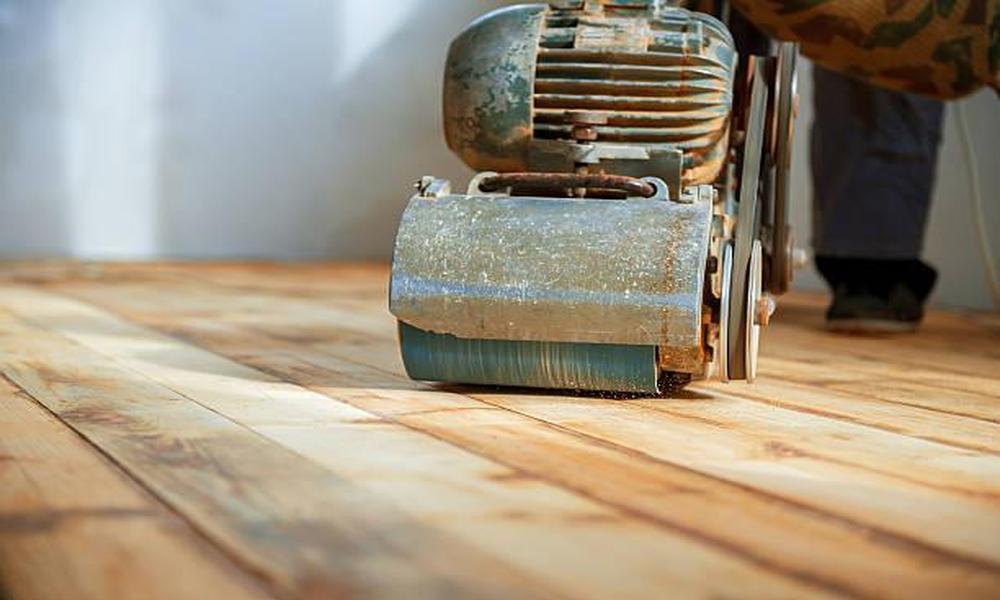When it comes to floor renovation, sanding plays a crucial role in restoring the beauty and integrity of your floors. However, with various options available, it can be overwhelming to determine which floor sanding method suits your needs. In this article, we will explore different choices for floor sanding, considering their benefits, applications, and key considerations.
Traditional Drum Sanding
Traditional drum sanding is a popular choice for many homeowners. It involves using a large, heavy-duty machine known as a drum sander, which operates by rotating a sanding drum fitted with abrasive paper. This method is effective for removing deep scratches, uneven surfaces, and multiple layers of finish or paint. It is typically used on solid hardwood floors, where a more aggressive sanding approach is required. However, it may not be suitable for delicate or engineered wood floors, as it can be too abrasive.
Orbital Sanding
Orbital sanding, also known as random orbital sanding, employs a handheld power tool equipped with a sanding pad that moves in small elliptical or circular motions. This technique is versatile and can be used on a wide range of flooring materials, including hardwood, engineered wood, and even some types of laminate. Orbital sanders are less aggressive than drum sanders, making them ideal for fine sanding, removing lighter scratches, and preparing the floor for refinishing. They also create less dust, resulting in a cleaner working environment.
Belt Sanding
Belt sanding involves using a powerful machine equipped with a continuous loop of sandpaper, known as a sanding belt. This method is highly efficient and suitable for large areas or floors with extensive damage. Belt sanders are commonly used in commercial settings or for heavy-duty floor sanding projects. They are effective in removing tough finishes, old adhesive residues, and deep scratches. However, caution must be exercised when using a belt sander, as its aggressive nature can easily damage delicate surfaces.
Edge Sanding
Edge sanding is a specialized technique used to sand the edges of floors or hard-to-reach areas where larger sanding machines cannot reach. It involves using a handheld edge sander or an oscillating tool with a sanding attachment. Edge sanding is typically performed after the main floor sanding process to achieve a consistent finish. It is crucial for blending the edges with the rest of the floor and achieving a smooth transition. Proper technique and attention to detail are essential to prevent over-sanding or uneven results.
Conclusion
When it comes to floor sanding, selecting the right method is essential to achieve optimal results while preserving the integrity of your flooring. Whether you opt for traditional drum sanding, orbital sanding, belt sanding, or edge sanding, consider the specific requirements of your project and consult professionals if needed. By choosing the appropriate technique, you can rejuvenate your floors and enhance the overall aesthetic appeal of your space.





More Stories
4 Benefits of Hiring Professional Exterior Painting Services
How Moisture Containment Barriers Can Protect Foundations from Shifting Soil
Designing a Safe Pool: The Perfect Balance of Shape, Depth, and Safety